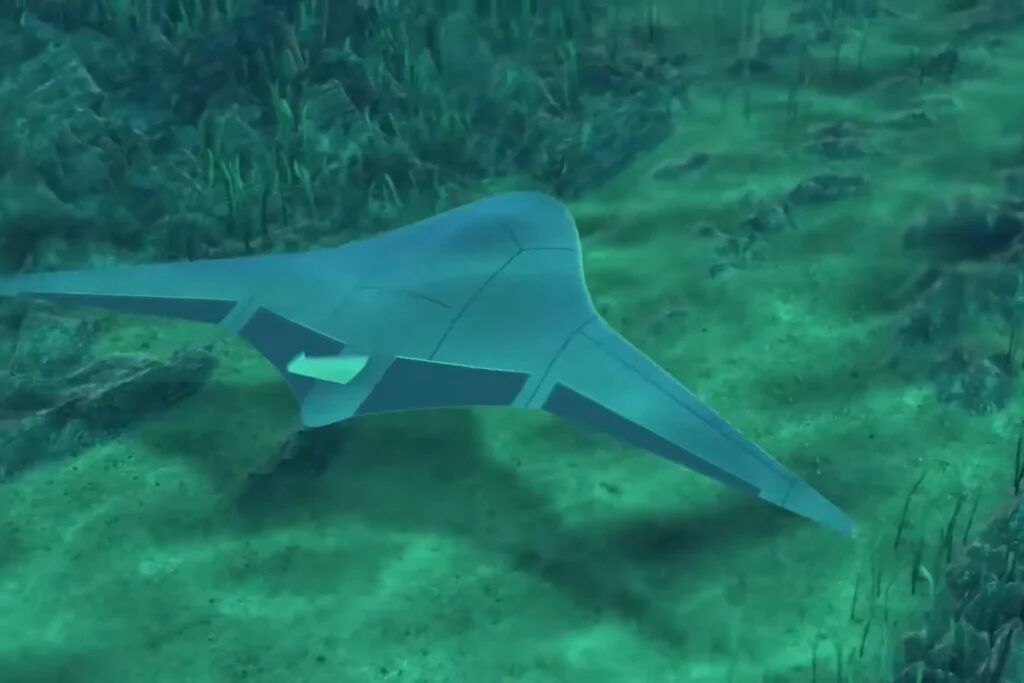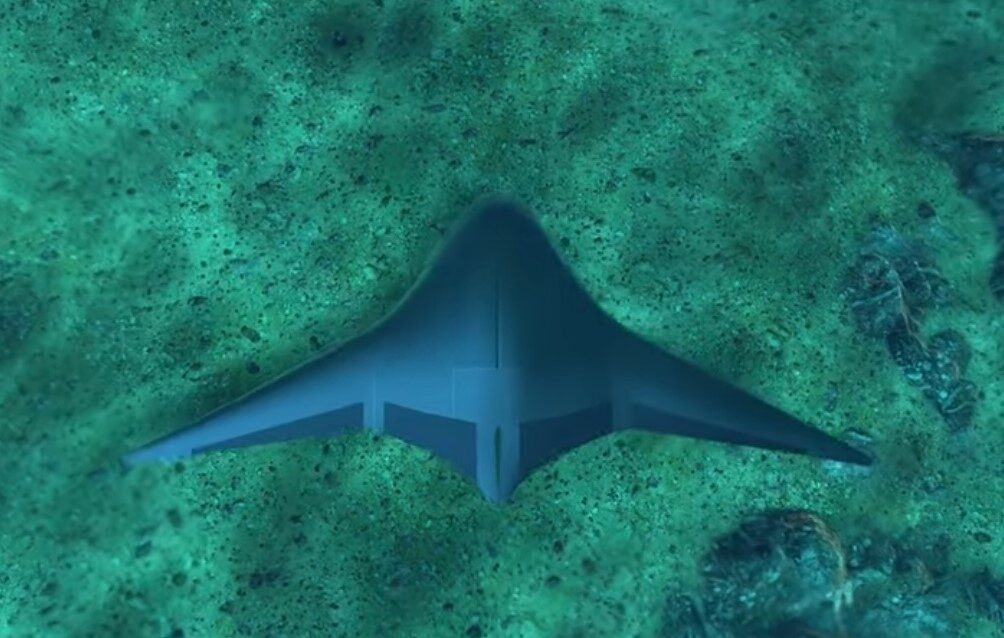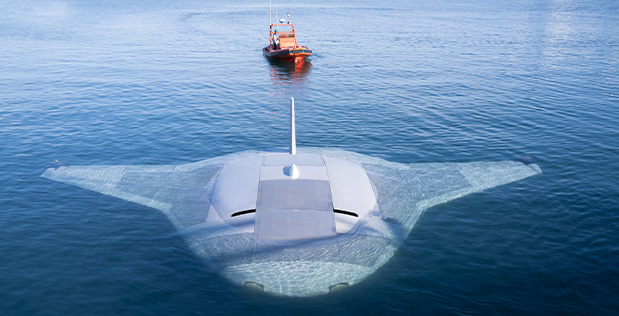The Manta Ray, developed by Northrop Grumman in partnership with the Defense Advanced Research Projects Agency (DARPA), represents a significant leap forward in unmanned underwater vehicle (UUV) technology. This innovative UUV is designed to operate for extended periods in the open ocean without the need for human logistical support, opening up new possibilities for underwater missions.

Key Features and Capabilities
- Stealth and Endurance: The Manta Ray’s most striking feature is its manta ray-inspired design, which prioritizes stealth and hydrodynamic efficiency. This allows the UUV to operate discreetly and for extended durations, potentially for months at a time.
- Payload Flexibility: The Manta Ray can be configured with various payloads to suit different mission requirements. This could include intelligence, surveillance, and reconnaissance (ISR) sensors, communication equipment, or even weapons systems.
- Autonomous Navigation: Equipped with advanced autonomy and navigation systems, the Manta Ray can operate independently, making decisions and adapting to changing conditions without human intervention.
- Potential Applications: The Manta Ray’s unique capabilities make it well-suited for a wide range of missions, including:
- Long-duration ISR missions in contested environments
- Undersea infrastructure inspection and maintenance
- Anti-submarine warfare (ASW)
- Mine countermeasures (MCM)
- Oceanographic research

The Future of Underwater Warfare
The Manta Ray is still in the development and testing phase, but it has the potential to revolutionize underwater warfare. Its ability to operate autonomously for extended periods, coupled with its stealth and payload flexibility, could significantly enhance the capabilities of naval forces around the world.

Challenges and Considerations
While the Manta Ray offers exciting possibilities, there are also challenges to consider. These include ensuring the reliability and safety of autonomous systems, managing the potential risks of UUV proliferation, and addressing ethical concerns related to autonomous weapons systems.

Conclusion
The Manta Ray is a glimpse into the future of unmanned underwater vehicles. As this technology continues to evolve, it will undoubtedly play an increasingly important role in naval operations and ocean exploration.

